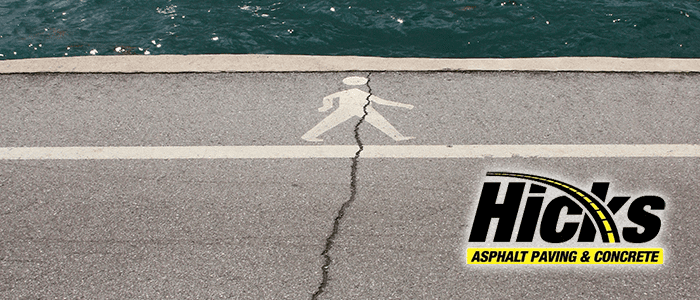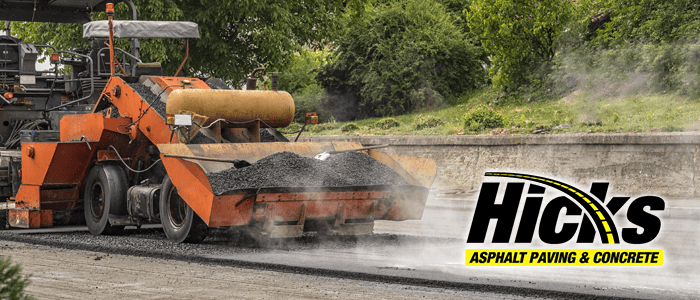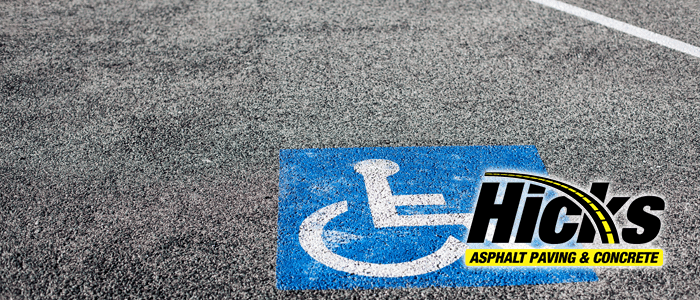Asphalt milling is the process of fixing a paved surface by removing anywhere from the top layer to an entire section of pavement to recreate a smooth, even area. This makes it suitable for paver to lay new asphalt without making the height of the road increase. This also ensures the paving leaves the curbs, drainage, and other structures in the surrounding the area alone. Paving experts also call this process cold planing or profiling.
Milling Process
Pavers use a milling machine for asphalt milling. Galion Iron Works company created the first asphalt milling machine in the early 1920s. They come in all sizes to handle small jobs or big jobs. Today, some of the bigger machines can cut up to 15,000 square yards a day. That’s 75 feet a minute.
The 3 basic components of a milling machine are:
- Cutting Drum – This rotates across the existing asphalt and breaks it up.
- Vacuum – The vacuum picks up all the broken material, Then, it places the material where the conveyance system picks it up.
- Conveyance system – This system comes after the vacuum and collects all of the misplaced pieces and then deposits them into a dump truck.
The dump truck moves alongside the milling machine to save time and effort. It takes much longer if the machine mills all the asphalt and then picks it up. From there, asphalt plants recycle and reuse the asphalt for use in future projects.
Reasons We Need It
There are a lot of reasons we need milling.
- Raveling– This is when the surface aggregate becomes loose. It is like driving on a layer of pebbles.
- Cracking– There are many causes and types of cracks, such as alligator, transverse, block, and edge cracks.
- Bleeding– The result of the binder seeping through the surface of the road.
- Rutting– These depression spots that run a certain length in one direction
- Shoving– A form of plastic movement; when the surface layer has a ripple or washboard texture.
- Uneven surface– this affects the ride quality on vehicles and causes extra wear.
- Damage– Gashes or fire marks from vehicle accidents
Benefits of Milling
One of the major benefits of milling is that pavers repeat the process many times over. It is like endless recycling without compromising the integrity of the asphalt. Also, the materials gathered from past projects are fully recyclable. Meanwhile, conventional asphalt removal can be time consuming and expensive. It is possible to handle this process in sections, which saves time and money. The cutting drum helps the new asphalt adhere uniformly and cleanly. Above all, it helps create a smooth, even finish at the end of the process.
Asphalt Milling Classes
The Asphalt Recycling and Reclaiming Association has defines 5 classes of milling that the Federal Highway Administration recognizes. Those classes are as follows:
- Class I – Milling to remove surface irregularities.
- Class II – Milling to uniform depths as shown on site plans
- Class III – Milling to uniform depths as shown on site plans, which is then used with a cross slope
- Class IV – Milling to the base or subgrade (full depth)
- Class V – Milling to different depths at various locations
Milling Types
There are two types of milling, specialty milling and micro milling. Specialty milling is used for a couple of different things. Firstly, pavers use it to form rumble strips. Rumble strips are common along highways, they help keep drivers alert. In this milling process, rumble strips can be added any time after the pavement has hardened. The other use is to change the roto-milling head to create slots in concrete slabs. Then, pavers use this for the dowel bar retrofit process. This process is when slots are created in the slabs of concrete for dowel bars to run in. They reinforce the spaces in between the slabs.
Paving experts also call micro milling, “carbide grinding”. It’s a different form of diamond grinding pavement. Micro milling uses a special drum with three to fourth times the amount of cutting teeth as a standard cutting drum. It can be used as the final surface or a final treatment before a thin overlay is applied. Micro milling has a uniform finish which reduces the noise compared to standard milling.





